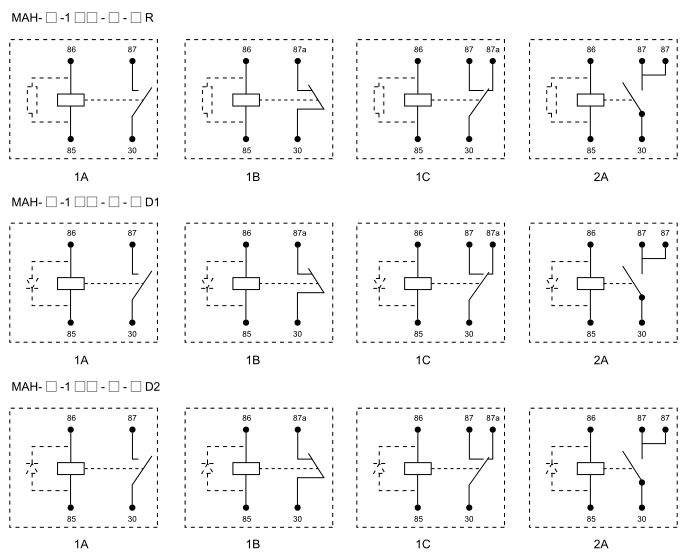A Relay Circuit is an essential component in both electrical engineering and automation systems, widely used for switching and controlling electrical devices without the need for direct physical interaction. These circuits allow low voltage and current to control high-power electrical devices, ensuring both efficiency and safety. The beauty of a relay lies in its ability to isolate and control circuits, often found in everyday devices like home appliances, industrial machinery, and even modern digital systems. In this article, we will explore how relay circuits work, their components, types, and practical applications.

What is a Relay Circuit? A relay circuit is an electrical system that uses an electromagnet (the relay) to control the switching of other devices. It typically consists of a coil (electromagnet), a set of contacts, and a spring mechanism that either opens or closes these contacts. When an electric current passes through the coil, it creates a magnetic field that activates the relay’s mechanism, either closing or opening the contacts, depending on the relay’s configuration. Relays can be used in many different contexts, primarily to control the flow of electricity to various components in a system. By using a small current to control a large current, relay circuits enable greater control over high-power circuits, which might otherwise be too dangerous or impractical to handle directly.